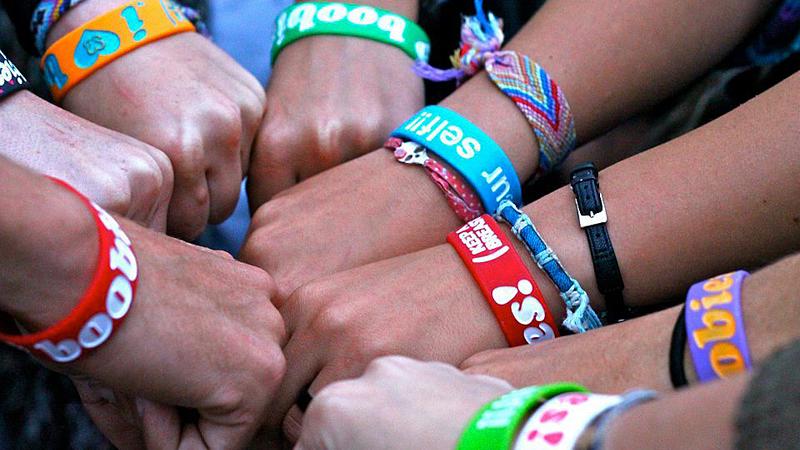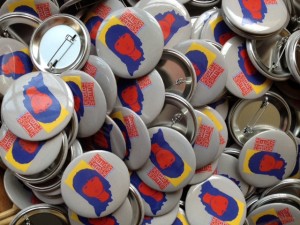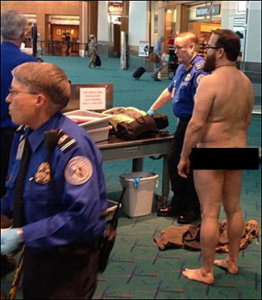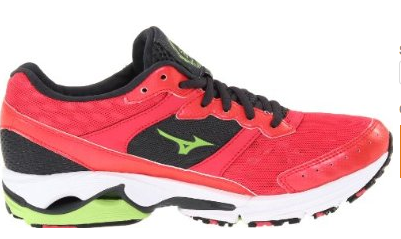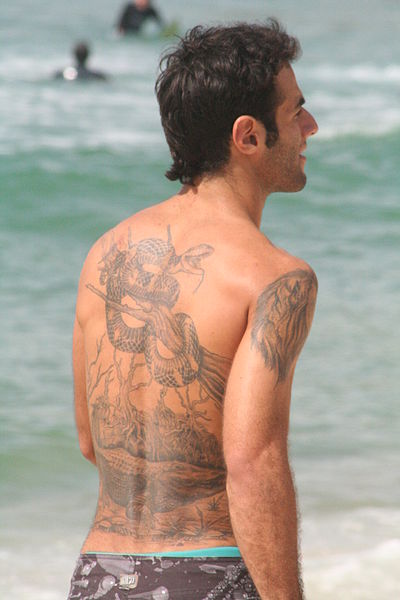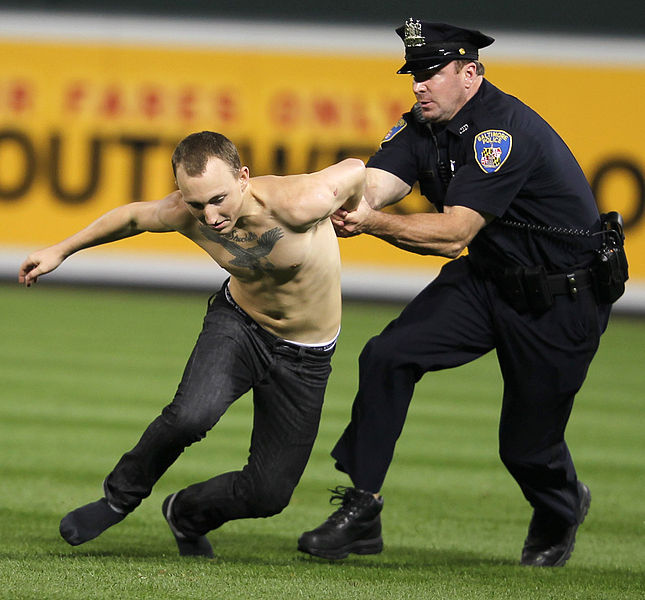Is an “I ♥ boobies (KEEP A BREAST)” bracelet expressing a lewd or disruptive sentiment and thus properly banned by a school? Or is the bracelet, promoted by “The Keep a Breast Foundation” working against breast cancer, a political statement that was not causing disruption, and thus not constitutionally prohibitable by a public school?
In essence that was the choice faced by the entire Third Circuit Court of Appeals in B.H. v. Easton Area School District. In its 9-5 opinion, a majority found in favor of the First Amendment rights of the students, ruling that the school could not ban the “I ♥ boobies (KEEP A BREAST)” bracelets . The bracelets, the court ruled, may have “ambiguous speech that a reasonable observer could interpret as having a lewd, vulgar, or profane meaning,” but because a reasonable observer could also “plausibly interpret as commenting on a social or political issue,” the school did not have the power to ban them. Further, the majority of the judges found that there was nothing disruptive about the bracelets.
The school argued that its authority would be diminished if it could not ban the bracelets and expressed its worries that there was a slippery slope of school attire that it needed to address. The court found this argument unconvincing, noting that the slippery slope argument also worked in the other direction:
Like all slippery- slope arguments, the School District‘s point can be inverted with equal logical force. If schools can categorically regulate terms like “boobies” even when the message comments on a social or political issue, schools could eliminate all student speech touching on sex or merely having the potential to offend.
***
Indeed, the the Middle School‘s administrators seemed inclined to do just that. They initially testified that they could ban the word “breast,” even if used in the context of a breast- cancer-awareness campaign, because the word, by itself, “can be construed as [having] a sexual connotation.”
The dissenting judges urged that schools needed more authority to discipline student expression. Additionally, they argued that the majority’s opinion – – – which is over 60 pages – – – provided insufficient guidance to school authorities. Yet perhaps the message of the court is clear: school authorities wishing to curtail students’ expressive attire do so at their own risk.
I’ve also commented on this case on the Constitutional Law Professors Blog here.
[image via]

